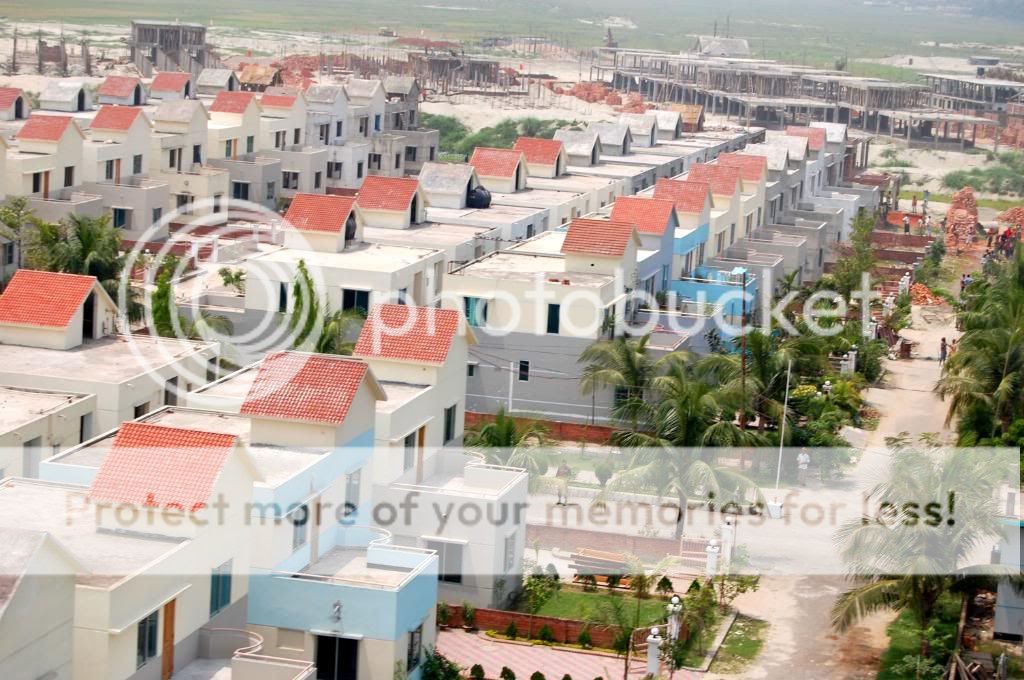KPI plans to construct $6bn crude oil refinery in Bangladesh
Kuwait Petroleum International (KPI), which is affiliated to Kuwait Petroleum Corporation (KPC), is currently looking into the possibility of constructing a crude oil refinery in Bangladesh with a capacity of 10 million tons per year at an estimated value of US$6.0 billion, says a high-ranking oil sector official.
It has been reported that a KPI delegation headed by President and Chief Executive Officer (CEO) Bakheet Al Rashidi visited Bangladesh last week where they met top officials of Bangladesh Petroleum Corporation (BPC), Board of Investment (BoI).
According to sources, the KPI delegation’s visit is aimed at presenting details of requirements for constructing the crude oil refinery. KPI intends to demand from the Bangladeshi government all the required infrastructure in the project site such as land and its development, electricity, fresh water, roads and communication.
KPI will also request for tax holiday and 100 percent profit repatriation benefit for the project and its foreign employees.
Another reliable source revealed the existing international regulations state that investment of at least $6.0 billion is necessary to construct a refinery with capacity of 0.2m barrels or 10 million tons per day.
Meanwhile, BPC Chairman Md Eunusur Rahman has been quoted as saying, “KPI informed us that a 0.3m barrels per day crude oil refinery would be of a standard capacity refinery it wants to build and it should not be less than 0.2m barrels per day capacity for its economic viability.”
“We have informed KPI about the benefits of foreign direct investment in Bangladesh, which include tax holiday for a certain period, 100 per cent profit repatriation etc. The Kuwaiti firm is eyeing to build a complex refinery having arrangements to convert less valuable petroleum output to valuable ones,” the chairman revealed.
He went on to say, “KPI also wants that the refinery must have options for future expansions to cater to the needs of growing petroleum demand in the country as well as the region. The refinery project might be of a joint venture with BPC or KPI alone could build it with its international partners, while the modality of the project would be decided later.”
“We shall send the outcome of the discussion with the KPI to the Energy and Mineral Resources Division of the ministry of Power, Energy and Mineral Resources (MPEMR) for future action. Everything depends on the decision of the government. We shall inform KPI the government’s feedback on its investment proposal after getting feedback from the government,” he added.
On the other hand, sources disclosed that prior to the meeting, KPI conducted a feasibility study on the construction of the refinery; covering Bangladesh’s oil import trend, demand- supply status, source of imports and other aspects. It also looked into the South Asian region’s oil import and consumption pattern to see whether the planned refinery could serve the regional demand.
If the project pushes through, it will be considered the second refinery in Bangladesh which currently has one - the Eastern Refinery Limited, a wholly-owned subsidiary of BPC. It has 1.5 million tons per year crude oil refining capacity plant which actually can refine 1.4 million tons at its de-rated capacity.
Earlier in March 2012, BPC sent letters to KPC and KPI inviting them to set up an oil refinery plant in Bangladesh.
Sources disclosed Bangladesh currently imports around 6.0 million tons of refined and crude oil combined every year to meet the growing domestic demand.
BPC imports a total of 1.4 million tons of crude from Saudi Aramco and Abu Dhabi National Oil Company. Saudi Aramco and ADNOC supply 700,000 mts of crude each.
It imports refined petroleum products from KPC, Petco - the trading arm of Malaysia’s Petronas, Emirates National Oil Company (ENOC), PetroChina, Vietnam’s Petrolime, Middle East Oil Refinery (MIDOR) of Egypt, Philippines National Oil Company (PNOC), Bumi Siak Pusako of Indonesia and Unipec Singapore under term deals.
Bangladesh’s oil imports have been increasing steadily over the past several years in order to meet the rising demand, especially for oil-fired power plants.
Amid fast-depleting natural gas resources, Bangladesh in 2010 launched a drive for more oil-based power plants and nearly three-dozen of those plants most of which have already come online.
The new oil-fired power plants alone require over 2.0 million mts of oil products — around 1.2 million mts of fuel oil and 0.8m mts of gasoil — to generate electricity, BPC statistics spells out.
















